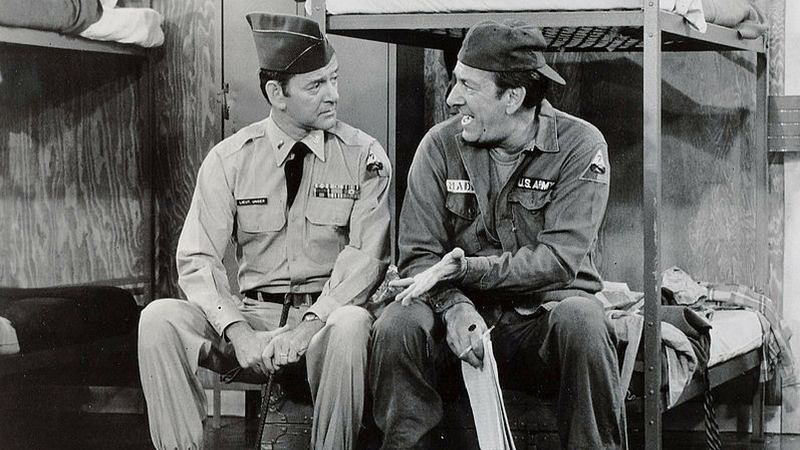I have often been asked over the years “How do you manage it all?” This usually results in the question “All of what?” At which time people point out all the many activities and things that I’m involved in. I shrug and make some statement similar to that of Nike, “I don’t know, I just do it.”
Reflecting on how I am managing overwhelm, I paused to really consider how I have managed the many things I’m involved in. As a mother of two young children, I work full time as the Director of Program and Operations for a local Non-Profit. I also run a small tele-health private practice, and committee chair for my daughter’s PTA. I am a Doctoral Candidate in School Psychology and I write articles for Plaid for Women. Then, of course, the daily stuff of being a wife, housekeeper, chef, and chauffeur.
Mindset
Just listing all of those items made me feel overwhelmed, but doing them requires a different mindset. I don’t think of all the things I do as an every day bullet list. Many of these activities don’t require my time everyday of the week. Focusing on the smaller tasks at hand make it more manageable. It also helps me avoid overloading my mind with the innumerable items that need to be done.
“How do you eat an elephant?” “One bite at a time.”
I don’t think about the giant elephant I’m managing each day. I just focus on single tasks as they arise. When you chunk the information this way it helps to manage the feeling of overwhelm better. On the days when my mindset isn’t enough, I focus on the things I can control and don’t worry about the rest.
Stay Organized
Another way I handle the overwhelming amount on my plate is to stay organized. There is no way to manage anything, much less 100 things if you are not organized. For each person this looks different. For me, I have a compulsion to be in control and so organization include lists and my calendar.
My primary calendar is for work on Google Workspace, which makes it easy to manage with all my other calendars. I have a separate calendar for my private practice, my personal stuff, my side hustle and my school. And thankfully, they all integrate to some degree and I can get them all on my phone. Everything is linked back to my work calendar and is all beautifully color coded. You can go here to learn more about how to integrate your calendars if you are on Google as well. Now if you use Outlook and Google don’t get discouraged they can talk too, here is a helpful support link to troubleshoot getting that taken care of as well.
Lists
The other big thing I used to stay organized is lists. My lists are things I need to do that are not an email or on my calendar. For the miscellaneous of the day to day that needs to get done, I use journals to make my to-do lists.
I like writing it my way instead of it being structured. I keep it in a journal because it gives me an entire book of information I know I have completed. This makes me feel SUPER productive, especially on those days when you’re like “Did I EVEN DO anything today?” I can look back anytime and SEE what I have accomplished.
The journal I’m currently using is a simple one from Target that is very woman empowered, with quotes and encouraging remarks that I enjoy. If you would like a more structured To-Do list, I recommend this productivity journal that you can find on Amazon.
Emails
The last thing I use to keep me organized are my emails. Both Outlook and Google have the ability for you to flag emails even after you have read them. You can also create labels or folders that you can put emails into. I know some people will leave emails unread if they need to follow up, but I hate having that unread message notification.
If I have learned anything in my life is that you don’t want to delete emails because you almost always end up needing them in some form. The folders are the best way to keep them outside of your inbox. I also have a setting to delete them after a year. I flag any email that I have responded to and want to follow up with later, I’m waiting for a response, or requires more time than I have in that moment. This will easily take my 300+ emails and bring it anywhere between 25-50 in my inbox at one time.
Coping
Now we all have bad days. Days that balls get dropped, kids don’t sleep, no energy to get it all done or whatever it is that gets you behind. The important part is how to you cope when you have those days that feel like too much. Much of that is in daily maintenance of self-care. I have days where I choose not to do anything. I veg out to television, TikTok, Facebook or other mind-numbing things because it is what my brain needs. It is important that you are getting your needs met.
The SPICES method is something I discovered in teaching Nurturing Parenting as a Parent Educator. It discussed the basic needs we all have and how to help meet your children’s needs, as well. Teaching healthy attachments, it is also useful as a self-care activity. If you want to know more about the SPICES method for meeting the need of you and your children, I recommend the sample lesson from Nurturing Parenting. It helps better describe the method here. If you are looking for it as a more self-care model, check out the worksheet here as it also has some great evaluative questions for you to consider on how you are meeting your own needs.













